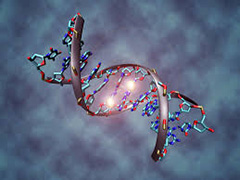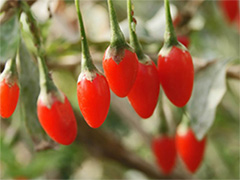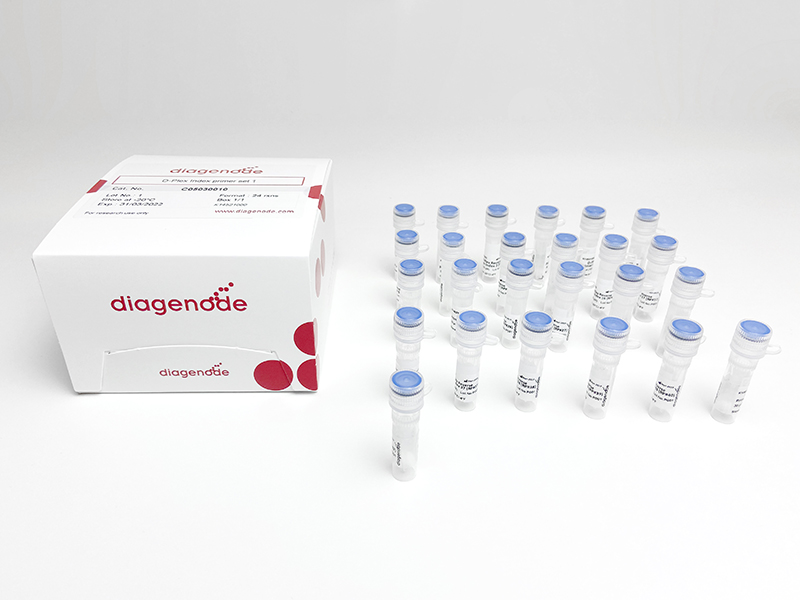Diagenode products for your epigenomics research in plants
References
Burn, J. et al (1993). DNA methylation, vernalization, and the initiation of flowering. Proc. Natl. Acad. Sci. U.S.A. 90, 287–291. doi: 10.1006/scdb.1996.0055
Dukowic-Schulze S, Liu C, Chen C (2017) Not just gene expression: 3D implications of chromatin modifications during sexual plant reproduction. Plant Cell Rep. https://dx.doi.org/10.1007/s00299-017-2222-0
Guo J et al (2017) A histone deacetylase gene, SlHDA3, acts as a negative regulator of fruit ripening and carotenoid accumulation. Plant Cell Rep. https://dx.doi.org/10.1007/s00299-017-2211-3
Heyman J, et.al (2018) Journal of Cell Science Emerging role of the plant ERF transcription factors in coordinating wound defense responses and repair doi: 10.1242/jcs.208215
Itabashi E, Osabe K, Fujimoto R, Kakizaki T (2017) Epigenetic regulation of agronomical traits in Brassicaceae. Plant Cell Rep. https://dx.doi.org/10.1007/s00299-017-2223-z
Kumar V et al (2017) Plant small RNAs: the essential epigenetic regulators of gene expression for salt-stress responses and tolerance. Plant Cell Rep. https://dx.doi.org/10.1007/s00299-017-2210-4
Law, J. A., and Jacobsen, S. E. (2010). Establishing, maintaining and modifying DNA methylation patterns in plants and animals. Nat. Rev. Genet. 11, 204–220. doi: 10.1038/nrg2719
Meyer, P. (2015). Epigenetic variation and environmental change. J. Exp. Bot. 66, 3541–3548. doi: 10.1093/jxb/eru502
Moazed, D. (2009) Small RNAs in transcriptional gene silencing and genome defence. Nature. doi: 10.1038/nature07756
Ong-Abdullah et al. (2015). Loss of Karma transposon methylation underlies the mantled somaclonal variant of oil palm. Nature 525, 533–537. doi: 10.1038/nature15365
Saéz-Laguna et al. (2014). Epigenetic variability in the genetically uniform forest tree species. PLoS One 9:e103145. doi: 10.1371/journal.pone.0103145
Sano, H. et al. (1990). A single treatment of rice seedlings with 5-azacytidine induces heritable dwarfism and undermethylation of genomic DNA. Mol. Gen. Genet. 220, 441–447. doi: 10.1007/BF00391751
Song, J et al (2012). Vernalization – A cold-induced epigenetic switch. J. Cell Sci. 125, 3723–3731. doi: 10.1242/jcs.084764
Steward, N et al. (2002). Periodic DNA methylation in maize nucleosomes and demethylation by environmental stress. J. Biol. Chem. 277, 37741–37746. doi: 10.1074/jbc.M204050200
Vaillant, I., and Paszkowski, J. (2007). Role of histone and DNA methylation in gene regulation. Curr. Opin. Plant Biol. 10, 528–533. doi: 10.1016/j.pbi.2007.06.008
Zhang, et al. (2006). Genome-wide high-resolution mapping and functional analysis of DNA methylation in Arabidopsis. Cell 126, 1189–1201. doi: 10.1016/j.cell.2006.08.003
Zhang et al. 2018 Understanding the evolutionary potential of epigenetic variation: a comparison of heritable phenotypic variation in epiRILs, RILs, and natural ecotypes of Arabidopsis thaliana. Heredity 121, 257–265 (2018) doi:10.1038/s41437-018-0095-9
Zheng X et al (2017) Histone acetylation is involved in GA-mediated 45S rDNA decondensation in maize aleurone layers. Plant Cell Rep. https://dx.doi.org/10.1007/s00299-017-2207-z








